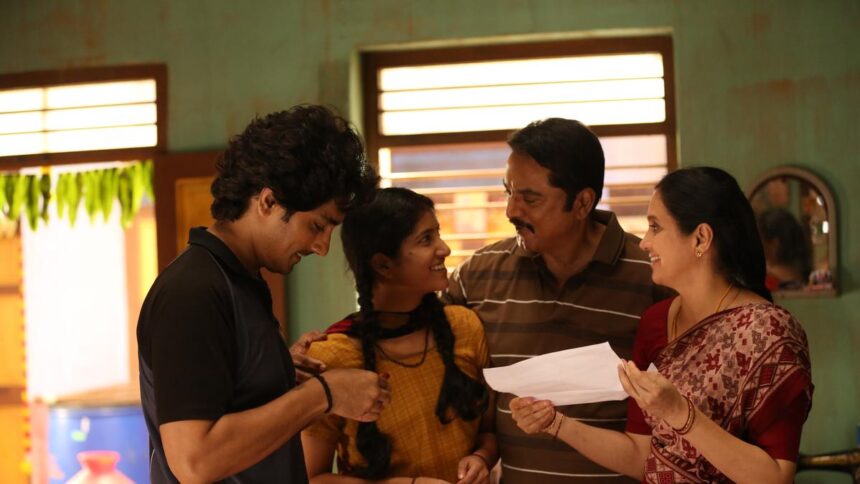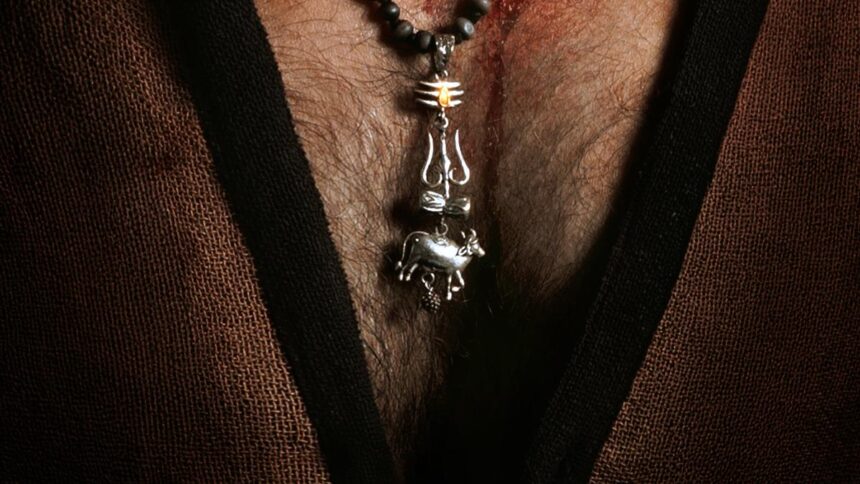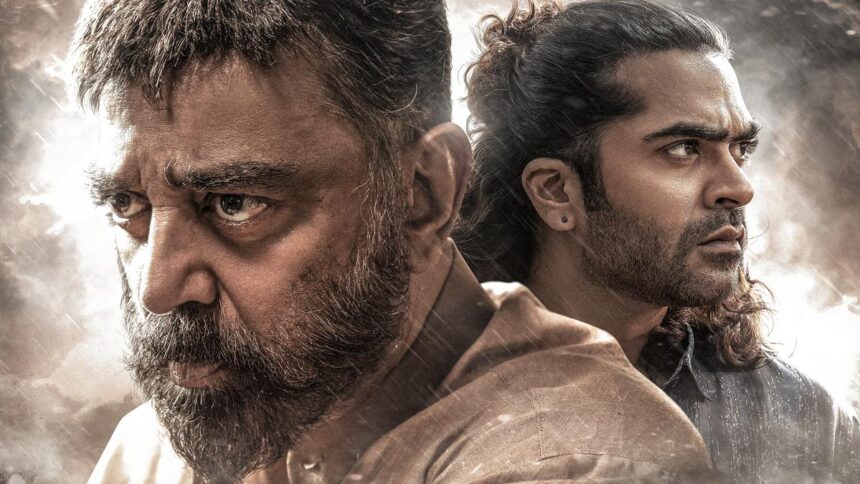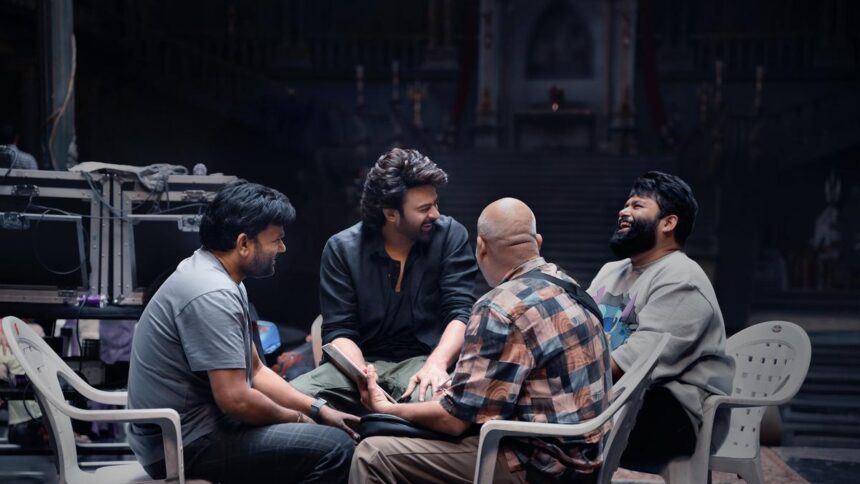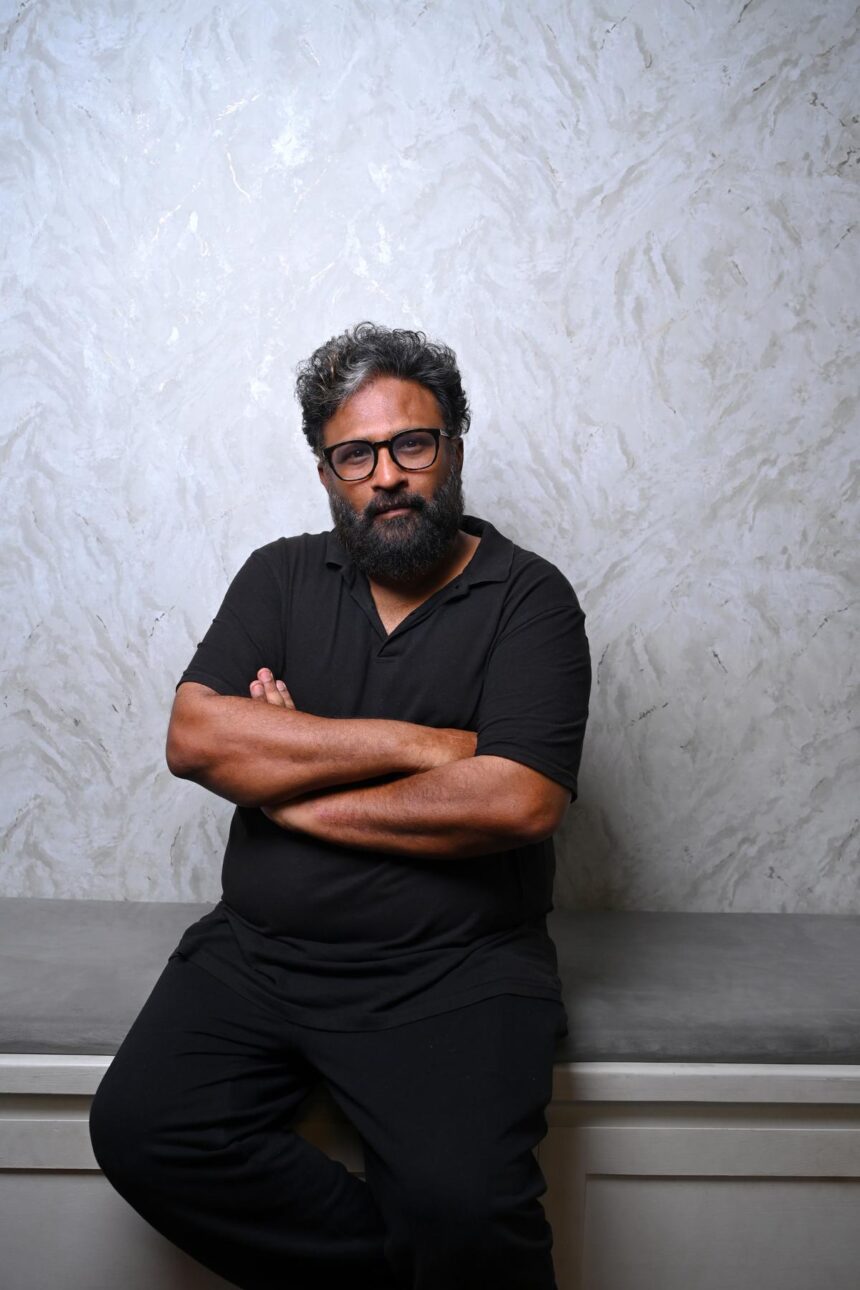
(from left) Umayalpuram Sivaraman on the mridangam, vocalist Sikkil Gurucharan, Shree Sundarkumar on the kanjira and V. Sanjeev on the violin performing at the Kalyani Menon tribute concert at TAG Centre in Chennai
| Photo Credit: R. Ravindran
All the artistes on the stage shared the spotlight equally as Sikkil C. Gurucharan sang the niraval along the sub-main package in Poorvikalyani. When the vocalist chose ‘Kadalan Chidambaranathan’ along the opening stretch of the Tamil composition to expand upon the raga contours, vidwan Umayalpuram K. Sivaraman underscored the beauty of restrained mridangam-playing for the serene rallies. Equally pleasing was young B. Shree Sundarkumar on the kanjira whenever violinist V. Sanjeev took cue, enriching the melodic exercise in Gopalakrishna Bharati’s ‘Karanam kettu vadi’.
If this was among the aesthetic highlights of the 110-minute kutcheri held in Chennai last week in memory of classical and playback singer Kalyani Menon (1941-2021), Gurucharan also offered a glimpse into the increasing eclecticism in Carnatic music. For instance, the Poorvikalyani piece was followed by an innovatively-conceived song from the illustrious Telugu poem Radhika Santwanam, even as the penultimate composition was a Kathakali padam in a raga endemic to the dance-theatre.
Interestingly, Kalyani Menon’s filmmaker-son Rajiv was the one who tuned (in Yadukulakamboji) the 18th-century song ‘Kanugava harimomu’ by Devadasi Muddupalani. Rajiv Menon’s brother Karun suggested Gurucharan to sing ‘Paripahimam hare’ in Navarasam — a padam, which portrays Draupadi’s angst, from the Kathakali play Duryodhanavadham by Vayaskara Aryanarayanan Moos (1842-1901) of Travancore.
Over the past decade, Kathakali songs have begun to find space in the Carnatic repertoire. While they often acquire a different flavour in this setting, Gurucharan largely adhered to the original. Navarasam, rendered in madhyamashruti, evokes shades of Kurinji and even Navaroj — both derivatives of Sankarabharanam. For novelty, Gurucharan introduced Yamuna Kalyani and Mayamalavagowla in the preluding viruttam (or shlokam, as it’s called in Kathakali), before launching into Navarasam in the final, fourth line.
The unhurriedness was appealing. No different was the case with the still slower Kanugava Harimomu, which allowed Yadukulakamboji to unfold with the expansive strides characteristic of the asymmetric raga. Wanting the focus to remain solely on the kriti, the vocalist avoided embellishments, barring a brief introductory sketch of the raga.
Maestro Umayalpuram Sivaraman underscored the beauty of restrained mridangam playing
| Photo Credit:
R. Ravindran
The longest alapana came for the centrepiece in Bilahari, with Gurucharan and Sanjeev dedicating 15 minutes to solo sequences that showcased the raga’s vibrancy, even hinting at traits of Western classical during its brisk passages. Tyagaraja’s Naajivadhara followed as a clever contrast, its leisurely 16-beat cycle allowing each line to unfold with measured grace. The vocalist-violinist duo built up the pallavi with increasingly ornate flourishes that embellished the composition. Though there was no niraval, the kalpanaswaras more than compensated. A flurry of sol-fa syllables shaped the converging round, paving the way for a regal tani avartanam. The nine-minute exchange between Sivaraman and Sundarkumar not only threw light on the arithmetical charm of two-kalai Adi tala, but also the evolving grandeur of South Indian percussion as interpreted by two artistes from different generations.”
Gurucharan opened the concert with a cursory alapana of Kalyani, quickly ascending to the raga’s upper note as a launchpad for Vanajakshiro. As the varnam by Ramnad Srinivasa Iyengar progressed into its latter half, the vocalist showcased his ability to maintain precision in the demanding second speed. A supportive Umayalpuram bolstered the musical framework with care.
The second piece was in Devamanohari, a raga known for its zigzag phrasing. Gurucharan exemplified this trait across the chittaswara in Mysore Vasudevachar’s ‘Palukavademira’. The scale-up along ‘Marachitavemo’ at the end of the charanam once again highlighted Devamanohari’s kinship with Andolika — another janya of Karaharapriya.
As a filler before the principal Bilahari suite, Gurucharan chose ‘Sumasayaka vidhura’ in Karnataka Kapi. Set to Rupaka tala, the Swati Tirunal composition flowed with a quiet sobriety that captured the essence of longing. Towards the close, a medley of Kalyani, Kamas, Vasantha, and Mohanam marked the retreat. The Mangalam in Sourashtra and Madhyamavati was preceded by a tisra-gati Adi tala tillana by Ponniah Pillai in Sankarabharanam.
Published – August 12, 2025 07:12 pm IST














